The Rich History of Terracotta Planters
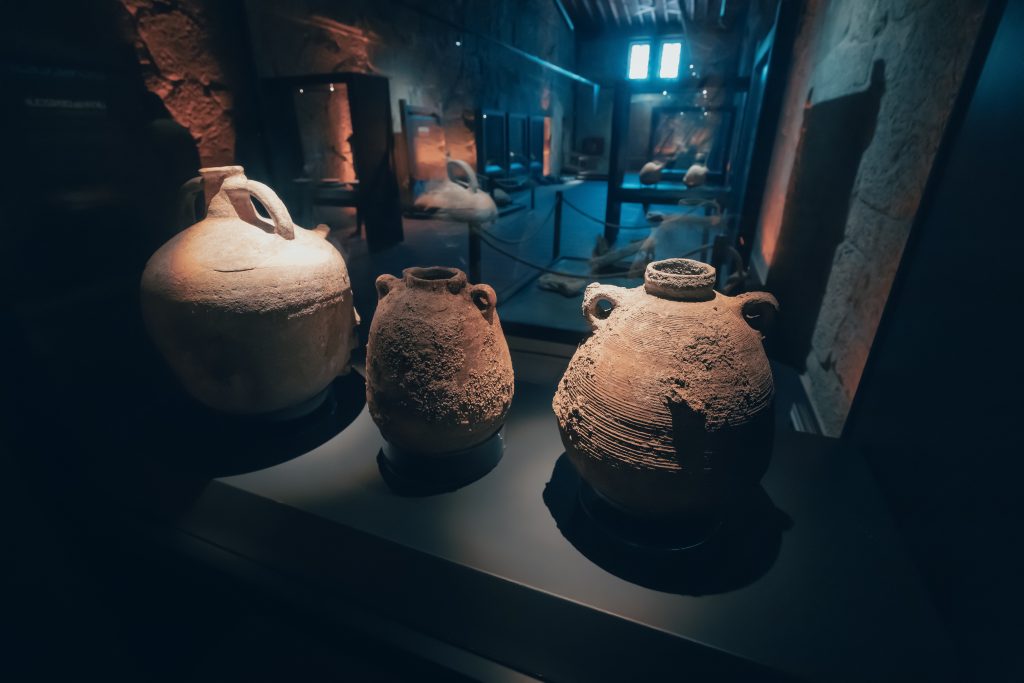
Terracotta is a durable clay material that has been used for centuries. It first gained prominence in ancient civilisations, particularly in Rome, where it was crafted into everything from roof tiles to sculptures. Today, terracotta remains a favourite in garden design, valued for its rustic charm and timeless appeal. Its journey from ancient architecture to modern planters highlights its enduring versatility and connection to nature.
Terracotta’s Far-Flung Origins
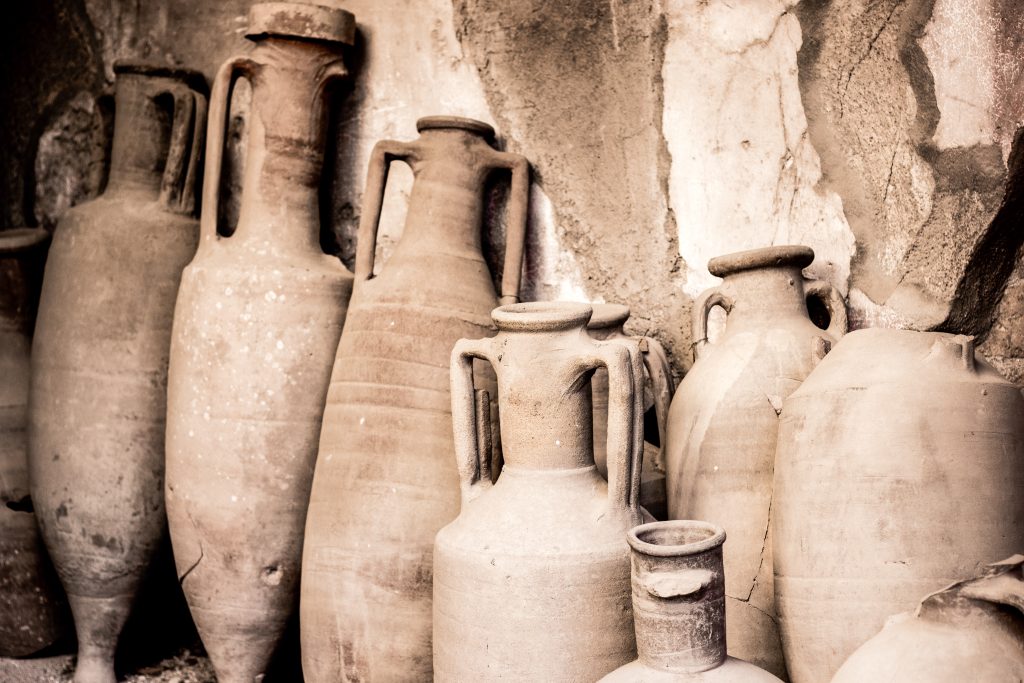
Terracotta’s history dates back to the dawn of civilisation, with early examples found in ancient Egypt and Mesopotamia. These cultures recognised the material’s strength and versatility, using it to create practical items like storage jars, as well as intricate art pieces. However, it was in Ancient Rome that terracotta truly flourished. The Romans, known for their architectural innovation, used terracotta extensively in construction, sculpting, and decoration.
The Roman Roots of Terracotta
Roman architects favoured terracotta for its durability and ease of production. Roof tiles, bricks, and even complex architectural ornaments were crafted from this material. Terracotta was also a popular medium for sculpture, particularly for creating detailed reliefs and statues that adorned public buildings and private homes alike. These artworks often depicted gods, heroes, and mythological scenes, reflecting the cultural and religious life of the time.
A Worldwide Appeal
One of the most famous examples of terracotta’s enduring legacy is the Terracotta Army in China, though not Roman, it underscores the material’s global significance. To honour this historical staple we included a Mini Terracotta Warrior Box Set in our range.
Closer to Rome, notable examples include the decorative terracotta panels found in the ruins of ancient villas and public buildings, which showcase the Romans’ skill in combining functionality with artistry.
How Terracotta Is Traditionally Made

The crafting process of terracotta has ancient roots, with methods that have remained largely consistent over millennia.
- Traditionally, terracotta was made by hand-moulding natural clay into the desired shape, whether it was a roof tile, a vase, or a sculpture.
- Once shaped, the clay was left to dry, allowing any excess moisture to evaporate.
- The final step was firing the dried clay in a kiln, a process that hardened the material and gave it its characteristic durability.
These traditional methods required skill and patience, as the quality of the clay, the uniformity of drying, and the precise control of the kiln’s temperature all influenced the final product. The firing process, in particular, was crucial; a well-fired terracotta piece could last for centuries, while a poorly fired one might crack or crumble over time.
The Modern Way
While hand-moulding is still practised, especially for bespoke or artisanal pieces, mass production often involves moulds and machines to shape the clay more efficiently. Kilns have also evolved, with modern versions offering precise temperature controls and more consistent firing conditions, reducing the risk of defects.
Despite these advancements, the essential character of terracotta remains unchanged. Modern terracotta retains the warm, earthy tones and robust nature that made it so prized in ancient times. Whether crafted by hand or machine, fired in a traditional kiln or a modern one, terracotta continues to offer a unique blend of beauty and durability that bridges the past and the present.
Incorporating Terracotta Into Your Garden Design
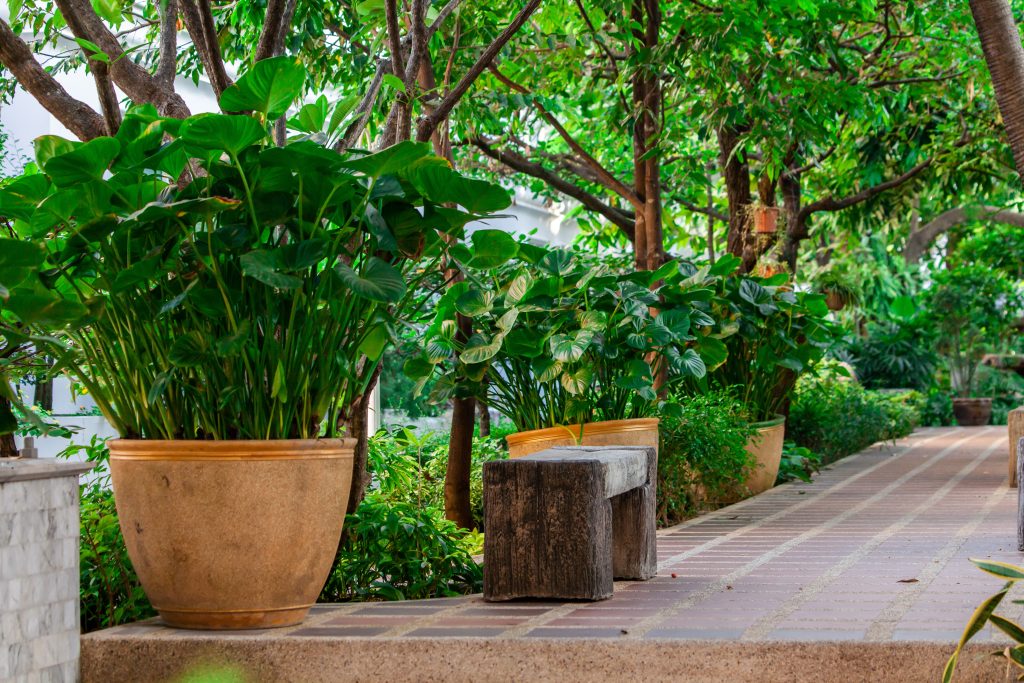
In modern garden design, terracotta has become a versatile favourite, particularly in Mediterranean-inspired landscapes. Its warm, natural tones evoke the sun-baked earth of southern Europe, making it a perfect fit for gardens that aim to capture this rustic charm.
Terracotta pots, planters, and decorative elements are often used to enhance the relaxed, organic feel of these spaces, blending seamlessly with olive trees, lavender bushes, and gravel pathways.
A Perfect Fit for Urban Gardens
Terracotta’s earthy hues can soften the hard lines of concrete and metal, adding warmth and a touch of nature to city spaces. A row of terracotta planters along a balcony or rooftop, for example, can transform an otherwise sterile environment into a welcoming and green focal point.
Terracotta for Country Gardens
Terracotta feels right at home here. Its traditional look complements the natural surroundings and works well with both formal and informal designs. Whether used for classic round pots flanking a garden path or large urns that make a statement in a courtyard, terracotta adds a timeless quality to rural settings.
Blending Terracotta With Existing Garden Features
Terracotta also integrates beautifully with other garden elements, such as decking and oak-framed structures. When paired with wooden features like a pergola or garden bench, terracotta’s warm tones create a harmonious contrast with the natural grain of the wood.
This combination can be particularly striking when used in conjunction with hardwood decking, where terracotta pots add colour and texture to the clean lines of timber.
Terracotta Planets Plucked From the History Books
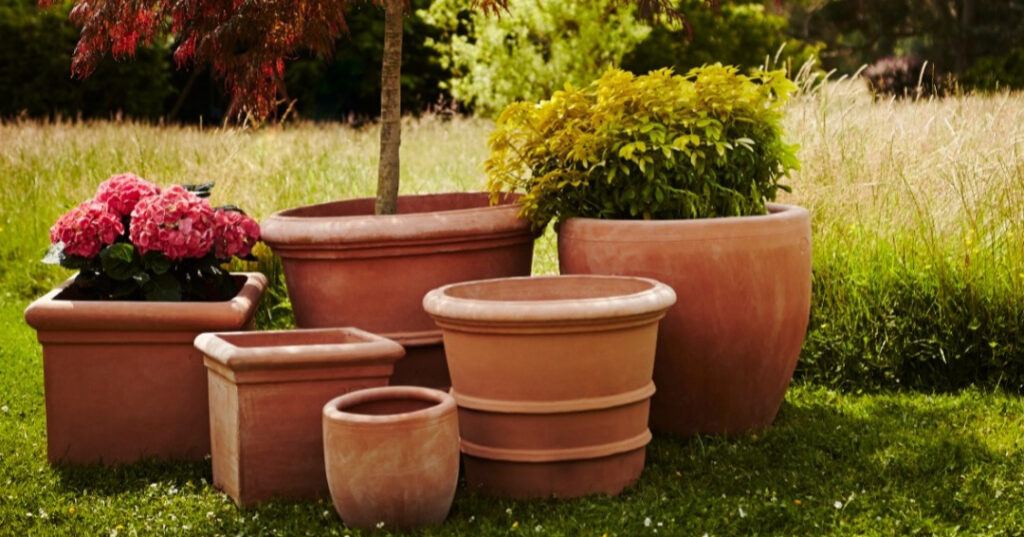
Our carefully curated collection is designed to suit a variety of garden styles, bringing both history and modern design together in perfect harmony.
The Surfer Circle Vase, with its distinctive design, offers a modern twist on traditional terracotta, making it an eye-catching piece for any outdoor space.
Our Tunisian Planters are an excellent choice. These pots, available in a range of sizes and styles, including the Tunisian Long Tom and Tunisian Handled Jar, bring the sun-soaked aesthetic of North Africa to your garden.
The Classic Terracotta Pots are another popular option, offering a simple, elegant design that fits seamlessly into any setting, whether it’s a modern urban balcony or a traditional country garden.
A Touch of Ancient History Made for Your Garden
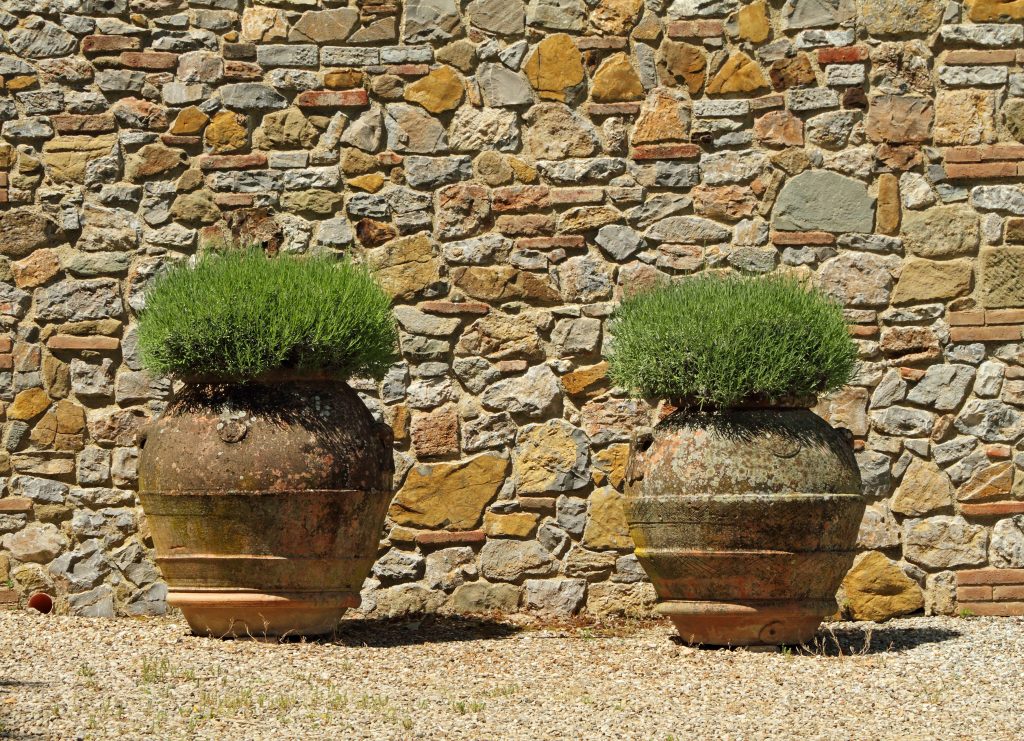
Terracotta has stood the test of time, linking modern gardens with the rich traditions of ancient civilisations. As you consider adding a touch of history to your garden, explore our terracotta range. Each piece offers a unique blend of traditional craftsmanship and modern quality, perfect for creating a space that resonates with the past while remaining firmly rooted in the present.
Get a Quote
Looking for advice or have a question? Fill out our quick form below and we'll put you in touch with the right person in our team! We'll get back to you by the end of the next working day.


